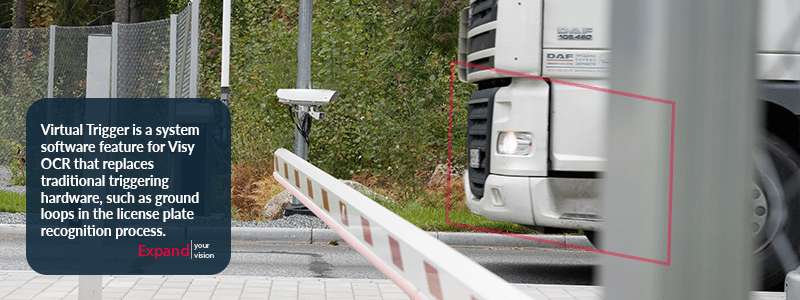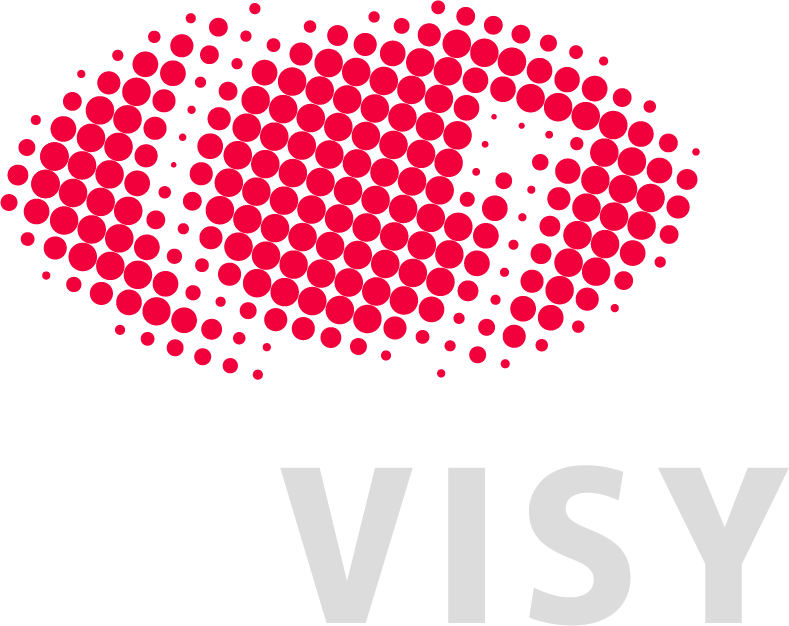There is no debating that a Gate Operating System (GOS) with optical character recognition (OCR) reduces operating expenses and improves KPIs such as truck turnaround times. It’s also clear that a GOS enhances employee health and safety while producing environmental benefits, such as reducing the carbon footprint of a port. However, while most terminal operators would agree that a GOS with OCR is an essential tool for their business, they would also agree that the installation of those systems does not come without drawbacks.
The benefits of OCR systems come with a sizeable capital investment, namely, high hardware and infrastructure costs. Therefore, Visy’s philosophy has always been to require more from the system software, and when possible, find ways to replace hardware functions with vision technology features made possible by our Deep Neural Network (DNN). The next logical step in the evolution of Visy technology for gate automation is a solution that triggers the recognition of OCR events without additional hardware.

What is Virtual Trigger?
Virtual Trigger is a system software feature for Visy OCR that replaces traditional triggering hardware, such as ground loops or laser scanners, in the license plate or container ID recognition process. During the commissioning phase of the project, virtual triggering zones are created and optimized to indicate the right time to capture an image for the camera system. When a vehicle enters the camera’s field of vision and the motion-based triggering zone meets specific criteria, the system determines it as an asset that needs to be recognized and takes images for OCR prosessing.
With virtual triggering, there is no need to install photocells or laser scanners, or to cut up the road to install ground loops. If a change of traffic patterns is required, cameras are repurposed by pointing them in another direction and reconfiguring them with new virtual triggering zones. Virtual Triggers are also deployed for various other use cases, such as tracking vehicles and cargo throughout a terminal area with an existing CCTV network (see Visy AREA for more).
Better productivity with less hardware
A single image from a single camera in Visy OCR system captures, digitizes, and shares a wide variety of data for process automation. For example, the Visy system will automatically send container IDs, ISO codes, door direction, seal presence and type, hazardous good label information, and container damage condition to the TOS. With Virtual Trigger, OCR checkpoints will have a lower total cost of ownership including a small upfront cost and less need for support and maintenance services.
For all logistics operations, delays at the gate area cause a series of problems that ripple through the organization and have demonstrable, negative business consequences. Virtual Triggers help eliminate those problems with assured continuity for traffic flow, ensuring that cargo and assets stay moving. Who knows, with this kind of mindset and a little more R&D, maybe we can make the infrastructure of the driver kiosk a thing of the past.

